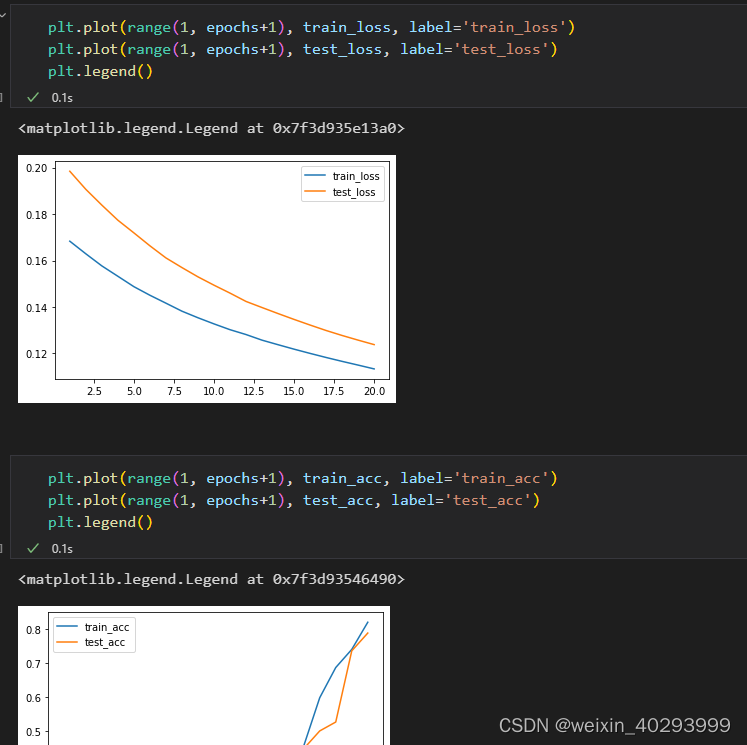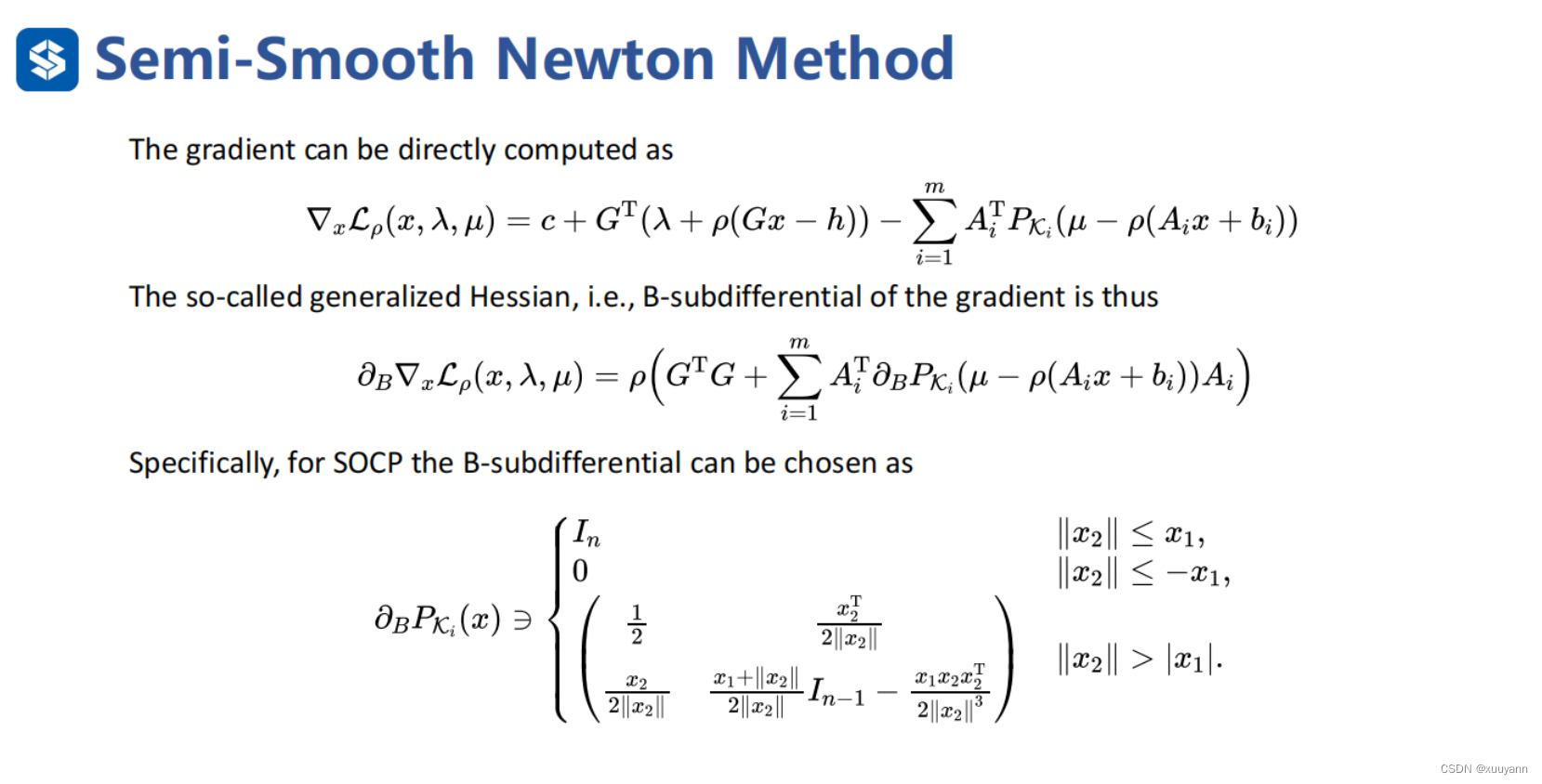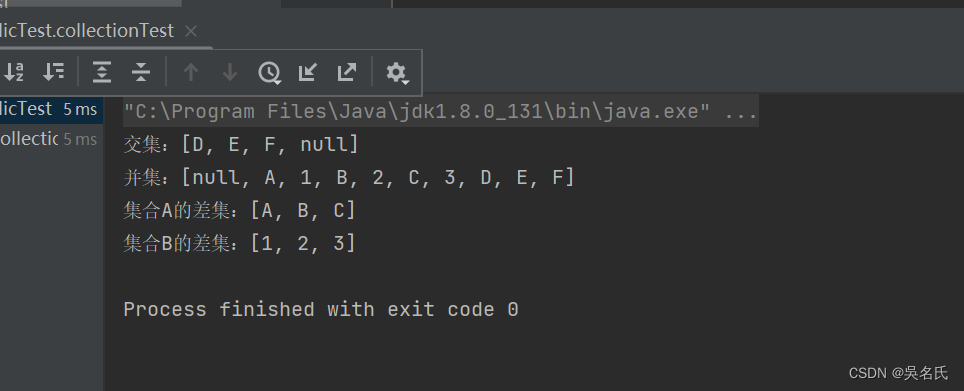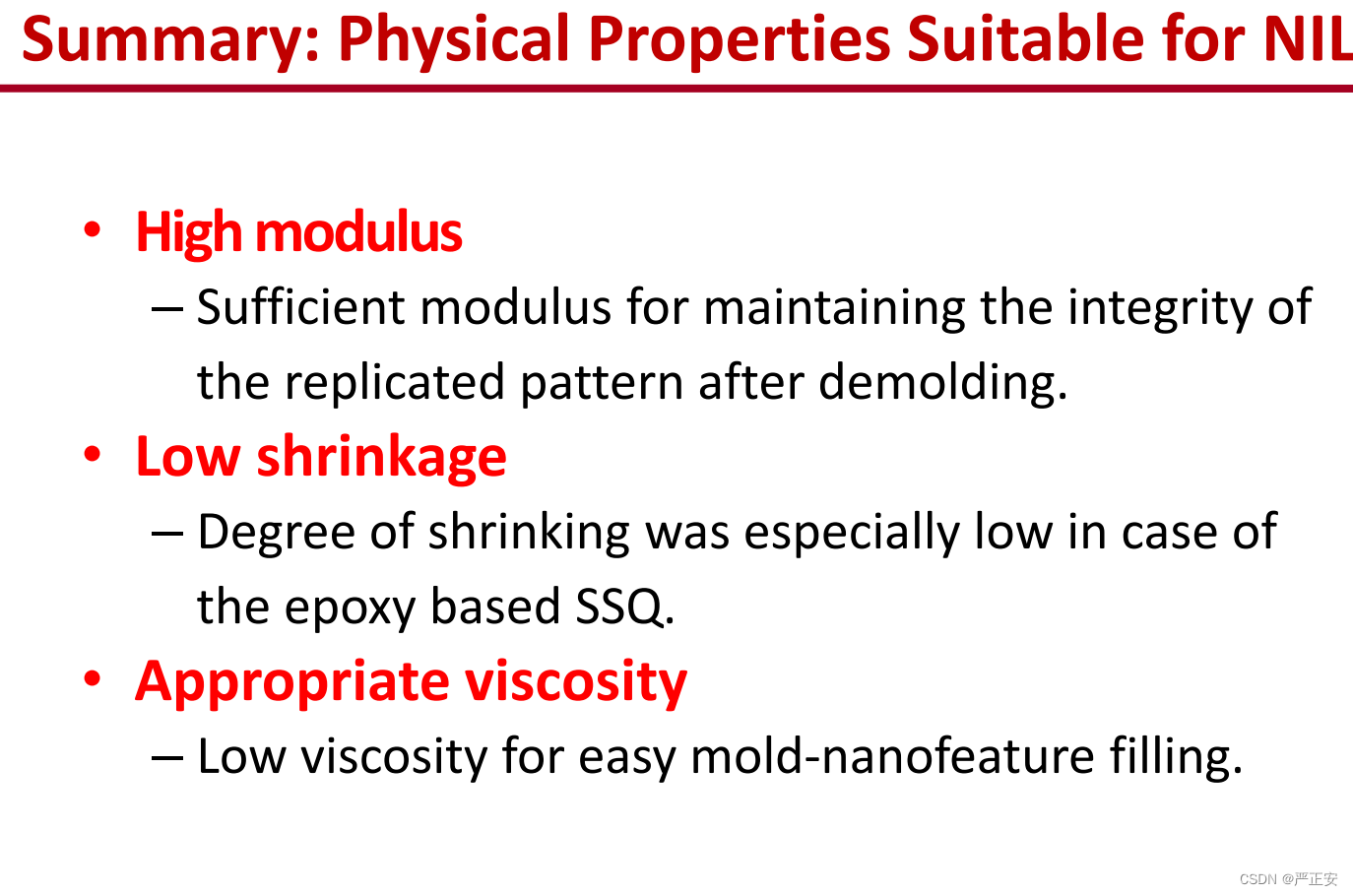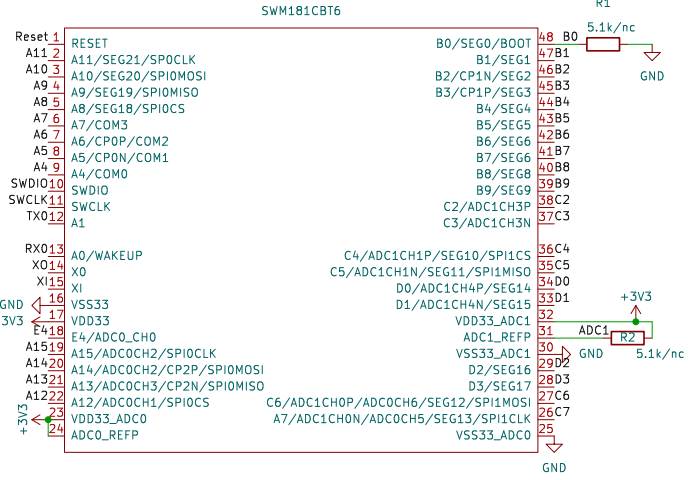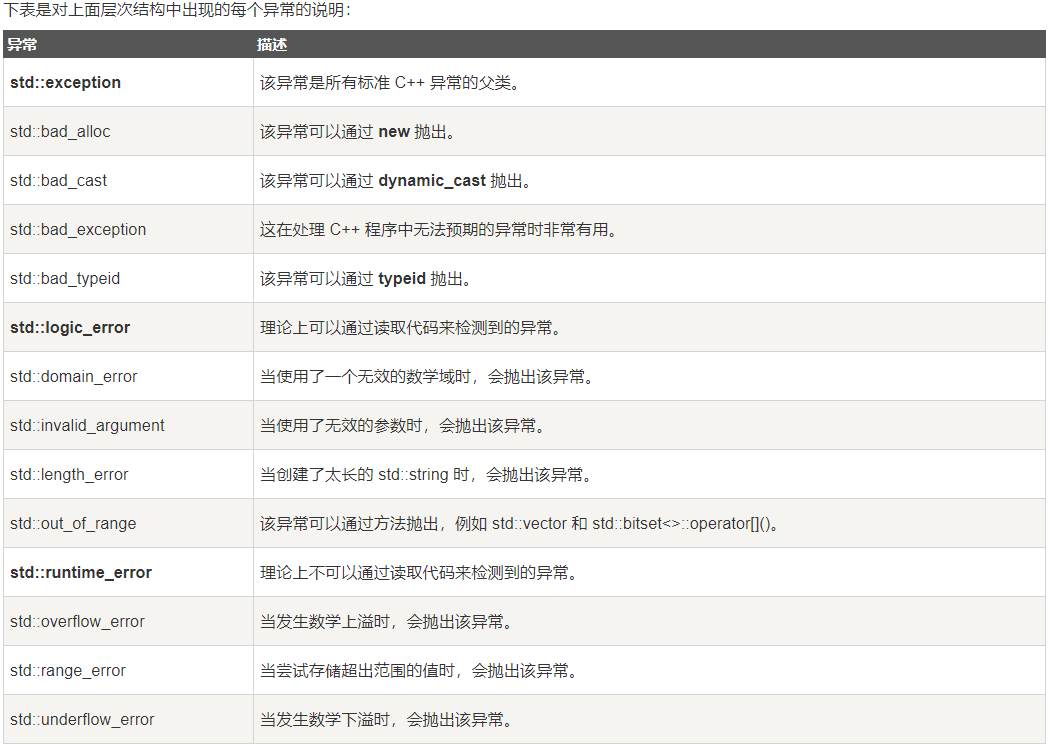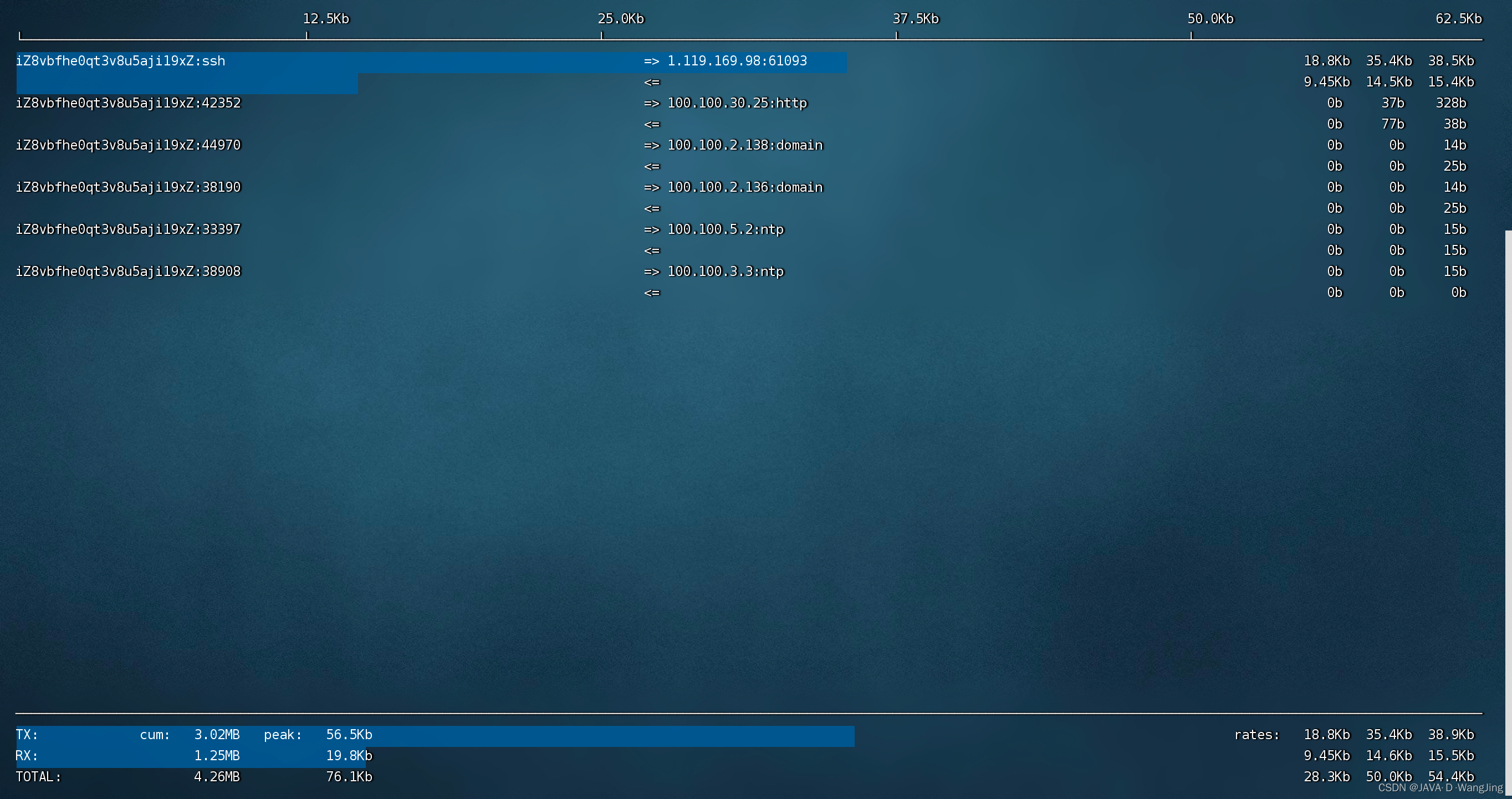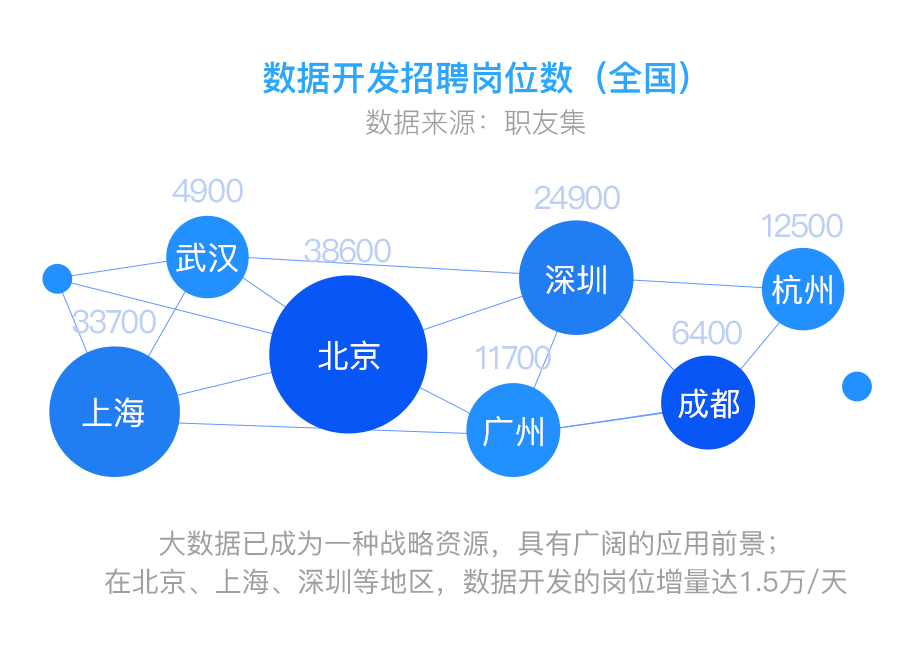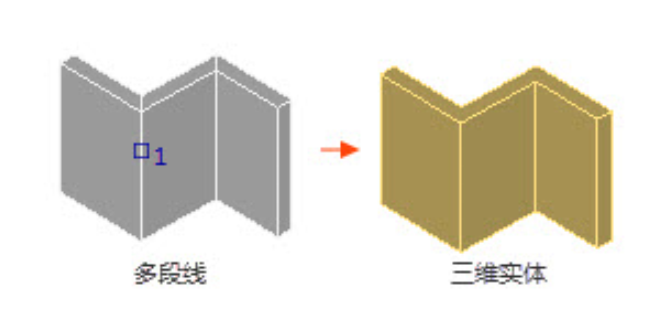前言
在进入数据结构初阶的学习之后,我们学习了顺序表和链表,当然栈也是一种特殊的数据结构,他的特点是后进先出。
栈的概念及结构
栈(stack)又名堆栈,它是一种运算受限的线性表。限定仅在表尾进行插入和删除操作的线性表。这一端被称为栈顶,相对地,把另一端称为栈底。向一个栈插入新元素又称作进栈、入栈或压栈,它是把新元素放到栈顶元素的上面,使之成为新的栈顶元素;从一个栈删除元素又称作出栈或退栈,它是把栈顶元素删除掉,使其相邻的元素成为新的栈顶元素。
我们切记,此处的栈是数据结构中的栈,与我们操作系统处学习的栈是不同的,它是一个数据存储的位置,而这里的栈是数据存储时的结构,是两个学科中不同的术语。
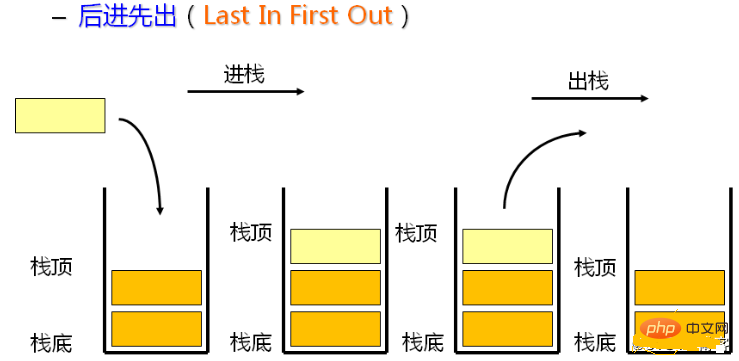
栈的入数据叫做进栈,压栈或者入栈,出数据时叫做出栈,栈的压栈和出栈都是在栈顶操作的,所以符合后进先出或者先进后出。
我们的生活中就有很多关于栈的示例,比如我们在坐电梯的时候,后上来的人到达目的地之后先出电梯,先上来的人后出电梯。
栈的接口实现
我们在学习完顺序表和链表之后,我们就要考虑顺序表和链表的优劣点来实现栈,我们知道栈的入栈和出栈都是一端,所以可以使用顺序表的尾插和尾删,也可以使用链表的头插头删以及尾插尾删,但是在都可以实现的情况下,我们就要选择消耗最小的顺序表。
(1)定义结构体
typedef int datetype;
typedef struct Stack
{
datetype* a;
int capacity;
int top;
}stack;我们使用typedef定义栈中存储数据的类型,这样方便我们在日后的使用中进行修改,我们将栈的结构定义为一个动态的顺序表,通过a指针来控制,同时记录栈顶的位置,以及最大容量。
(2)栈的初始化
void stackInit(stack* p)
{
assert(p);
p->a = NULL;
p->capacity = 0;
p->top = 0;
}对p进行断言,能够防止不小心传入NULL后解引用程序崩溃,初始化各个数据。
(3)压栈
void stackPush(stack* p,datetype x)
{
assert(p);
if (p->capacity == p->top)
{
int newCapacity = p->capacity == 0 ? 4 : 2 * p->capacity;
datetype* tmp = (datetype*)realloc(p->a, newCapacity * sizeof(datetype));
if (tmp == NULL)
{
perror("realloc");
exit(-1);
}
p->a = tmp;
p->capacity = newCapacity;
}
p->a[p->top] = x;
p->top++;
}同理,对指针p进行断言,判断栈顶是否达到最大容量处,如果没有到达直接将数据插入到top处,并且top自加,如果到了最大容量,我们就对顺序表进行扩容,首先判断容量是否为0,为0时将容量扩到4个数据的字节数,否则容量乘2。
此处的压栈与顺序表的尾插相同。
(4)出栈
void stackPop(stack* p)
{
assert(p);
assert(!stackEmpty(p));
p->top--;
}同理对指针进行断言,还需要注意的时需要判断顺序表是否为NULL,如果为空,解引用后程序会崩溃,所以我们选择粗暴的方式进行断言,然后对栈顶减1,不用去处理本来的数据。
(5)判空
bool stackEmpty(stack* p)
{
assert(p);
return p->top==0;
}此处我们只想要判断栈顶处是否为0,如果为0则说明顺序表为空,否则顺序表不为空,我们使用了bool类型,C语言中并没有布尔类型,所以我们要引头文件<stdbool.h>。
(6)求栈顶元素
datetype stackTop(stack* p)
{
assert(p);
assert(!stackEmpty(p));
return p->a[p->top-1];
}断言p以及断言顺序表不为空,返回栈顶的值即可。
(7)求数据个数
int stackSize(stack* p)
{
assert(p);
return p->top;
}(8)销毁栈
void stackDestroy(stack* p)
{
assert(p);
free(p->a);
p->a = NULL;
p->capacity = 0;
p->top = 0;
}我们使用malloc,calloc,realloc申请的空间,我们都必须使用free进行销毁。
源码
stack.h
#define _CRT_SECURE_NO_WARNINGS 1
#include<stdio.h>
#include<assert.h>
#include<stdbool.h>
#include<stdlib.h>
typedef int datetype;
typedef struct Stack
{
datetype* a;
int capacity;
int top;
}stack;
//初始化
void stackInit(stack* p);
//销毁
void stackDestroy(stack* p);
//入栈
void stackPush(stack* p, datetype x);
//出栈
void stackPop(stack* p);
//取栈顶数据
datetype stackTop(stack* p);
//数据个数
int stackSize(stack* p);
//判断是否为空
bool stackEmpty(stack* p);stack.c
#define _CRT_SECURE_NO_WARNINGS 1
#include"stack.h"
void stackInit(stack* p)
{
assert(p);
p->a = NULL;
p->capacity = 0;
p->top = 0;
}
void stackPush(stack* p,datetype x)
{
assert(p);
if (p->capacity == p->top)
{
int newCapacity = p->capacity == 0 ? 4 : 2 * p->capacity;
datetype* tmp = (datetype*)realloc(p->a, newCapacity * sizeof(datetype));
if (tmp == NULL)
{
perror("realloc");
exit(-1);
}
p->a = tmp;
p->capacity = newCapacity;
}
p->a[p->top] = x;
p->top++;
}
void stackPop(stack* p)
{
assert(p);
assert(!stackEmpty(p));
p->top--;
}
void stackDestroy(stack* p)
{
assert(p);
free(p->a);
p->a = NULL;
p->capacity = 0;
p->top = 0;
}
datetype stackTop(stack* p)
{
assert(p);
assert(!stackEmpty(p));
return p->a[p->top-1];
}
bool stackEmpty(stack* p)
{
assert(p);
return p->top==0;
}
int stackSize(stack* p)
{
assert(p);
return p->top;
}
test.c
#define _CRT_SECURE_NO_WARNINGS 1
#include"stack.h"
void test()
{
stack st;
stackInit(&st);
stackPush(&st, 1);
stackPush(&st, 2);
stackPush(&st, 3);
stackPush(&st, 4);
printf("%d ", stackTop(&st));
stackPop(&st);
printf("%d ", stackTop(&st));
stackPop(&st);
stackPush(&st, 5);
stackPush(&st, 6);
//int ret = stackTop(&st);
//printf("%d", ret);
while (!stackEmpty(&st))
{
printf("%d ",stackTop(&st));
stackPop(&st);
}
stackDestroy(&st);
}
int main()
{
test();
return 0;
}通过测试,我们发现无论什么时候出栈,出几个数据,都符合栈的特点,先进后出,后进先出。
总结
今天我通过顺序表的结构来实现了栈,向展示并讲解了栈的概念、结构与各接口的实现过程与作用原理,当然也可以通过链表的方式来实现,希望大家可以多多尝试。

